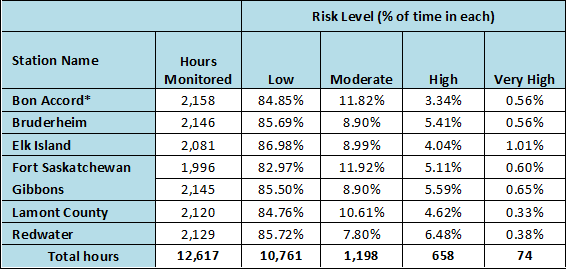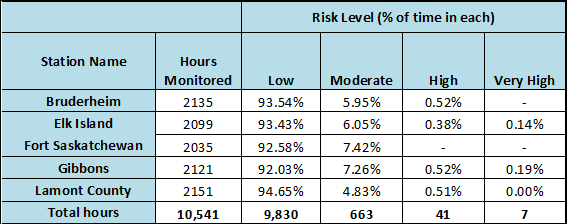The results of a provincial audit conducted of Fort Air Partnership’s (FAP) air monitoring network gives the organization high marks for performance.
Of the 52 analyzers that were audited, three fine particulate matter (PM2.5) analyzers did not meet audit requirements. Follow-up investigation by both FAP and the auditors could not duplicate or determine the cause of the issue, so these three analyzers will be re-audited at a later date.
The audit was conducted by Alberta Environment and Parks. In addition to the analyzer tests, the auditor checked 92 critical items and 56 non-critical items. Only one critical item and five non-critical items were given improvement recommendations.
“These are extremely good results that reinforce to ourselves and the public that we are continuously providing credible, high quality, local ambient air monitoring data,” said Nadine Blaney, FAP’s Executive Director. Blaney noted that the issues identified in the audit did not affect data accuracy. The items listed for improvement were dealt with as soon the audit results were received.
“It’s our policy to address any items identified for improvement as quickly as we can so that the data we produce retains its accuracy, credibility and value to the public, industry, government and researchers.”
Auditing is an important part of FAP’s comprehensive quality assurance program. In addition to these annual audits of the monitoring network, FAP conducts regular internal performance reviews and independent Quality Assurance Plan audits. FAP also performs other quality assurance activities such as challenging continuous gas analyzers with known gas concentrations daily and calibrating them monthly. FAP’s Technical Working Group and air monitoring data analyst also review data quality indicators every month. Read the audit report.



